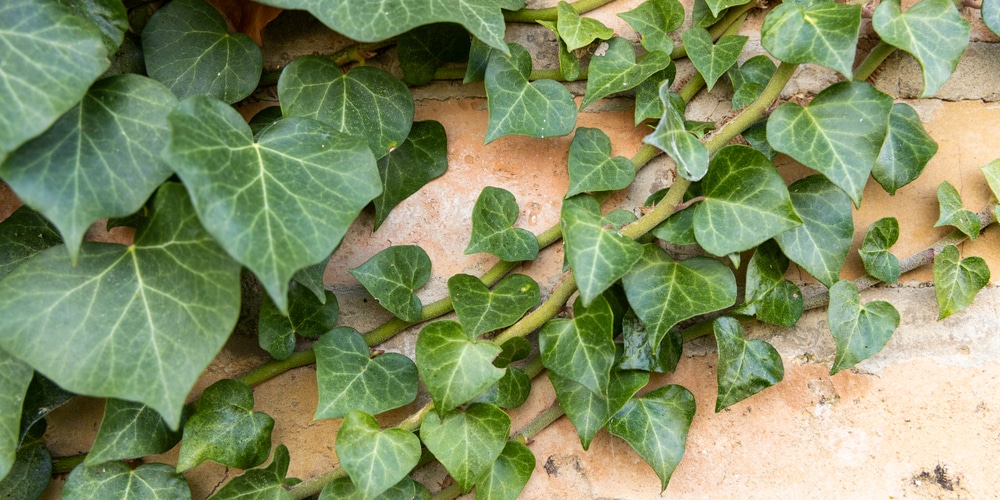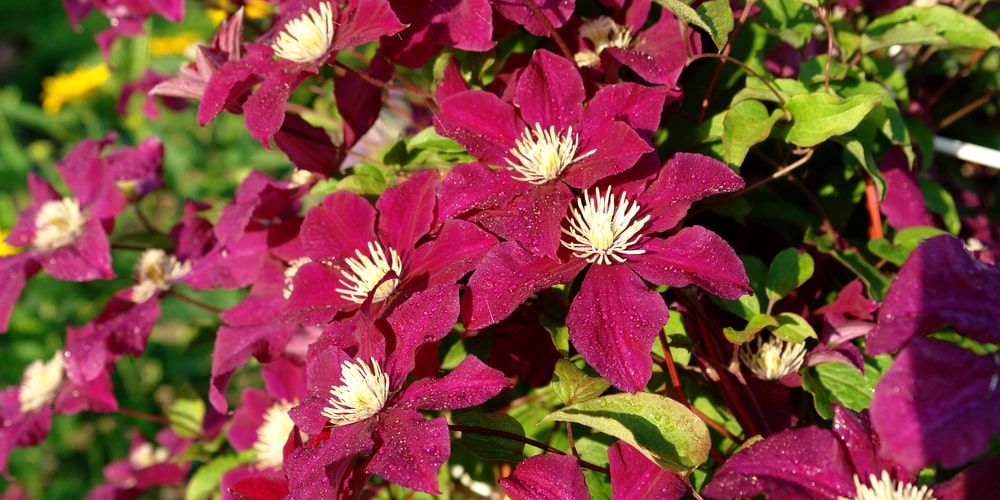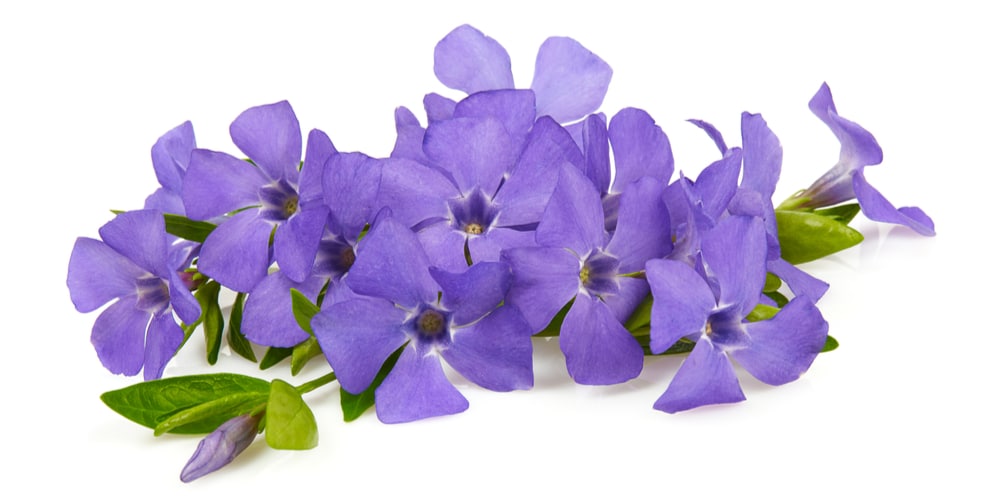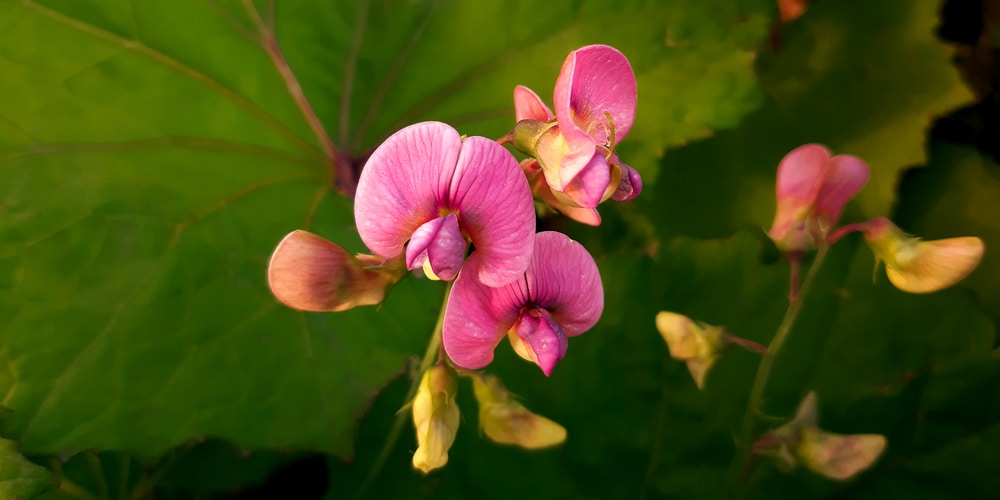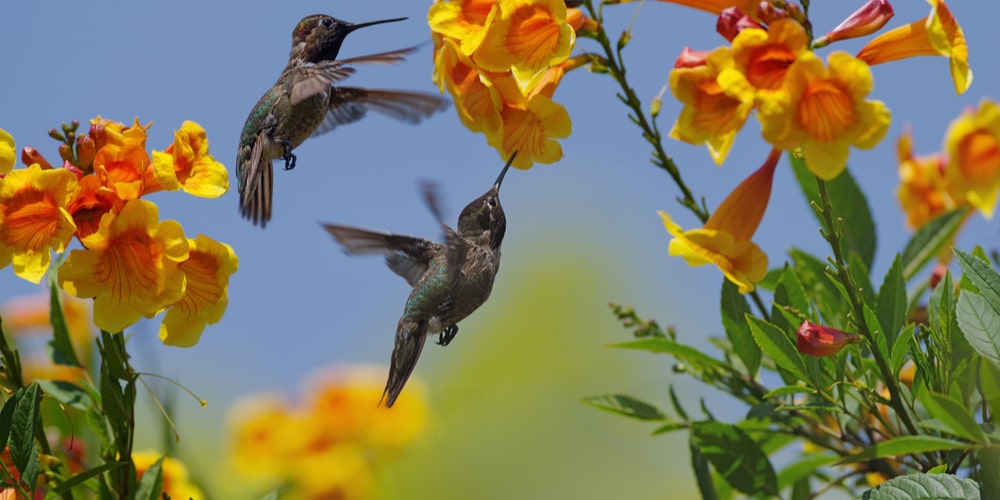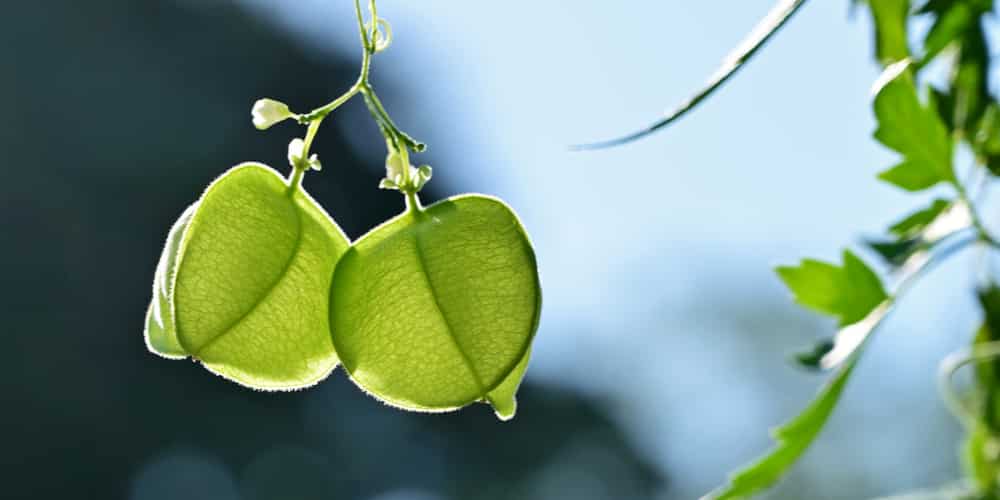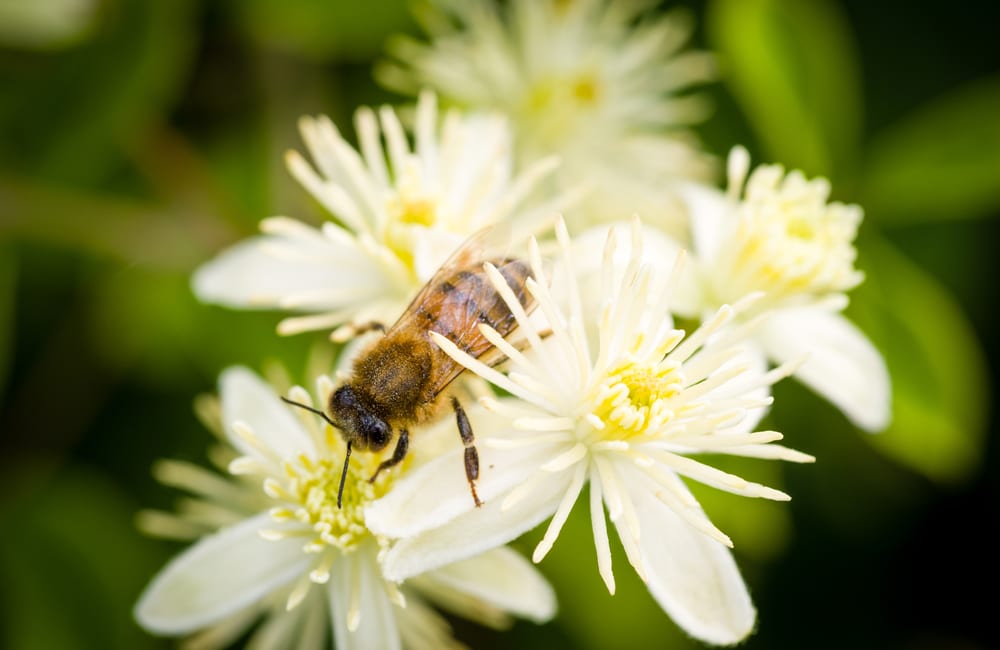Vines can add much-needed greenery and organic detail to a wall. If you’re looking for suitable vines for brick walls, here are 10 vine plant ideas you can try.
Vines for Brick Walls
These vines look great growing against a brick wall, but can also climb fences, trellises, trees and gazebos.
Wisteria
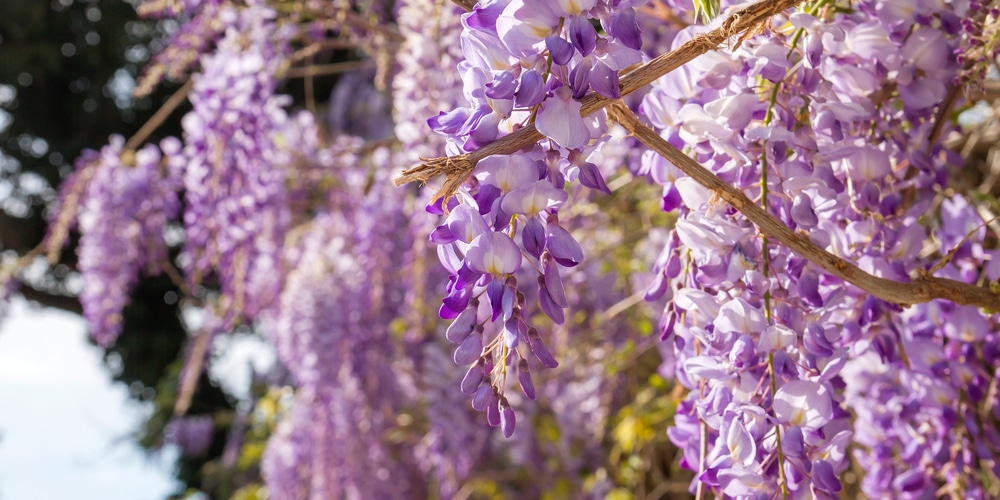
A robust and vigorous vining plant, Wisteria can quickly cover a large area of a brick wall in a short time. Since it grows so fast you’ll need to do some pruning to keep the vines off your plants and yard and train wisteria so it will climb walls without needing too much support.
Once established, wisteria often produces locks of purple flowers that cascade down for a stunning landscape effect.
English Ivy
The English Ivy is no slouch when it comes to climbing walls. It’s an evergreen species that can thrive in shaded locations, and the ivy doesn’t require too much care or maintenance either. You can start by planting English ivy in a moist medium, then have it go up to your brick wall after it’s been established.
Boston Ivy
If you want something that gives off a noticeable splash of color in colder seasons, look no further than the Boston Ivy. When winter comes the normally-green leaves turn fiery red and transform walls into a blazing spectacle.
Boston Ivy is often referred to as Japanese Ivy and prefers moist soil whenever possible. For your part, you’ll have to make sure to prune and train the vine so it won’t grow out of hand.
Clematis
There are many different kinds of clematis specimens, but the ones you’ll want are the deciduous vines. Initially, you’ll need some form of support to help the vine get to the brick wall, where it will establish itself in a few months.
Clematis are prized for their colorful blooms, which appear in early spring to late winter (depending on the variety).
Common Periwinkle
The common periwinkle or vinca vine adds greenery and bright blue flowers to any home space. The shiny and dark green leaves give way to blooms that appear anywhere between April to May.
You can train it to trail along a brick wall once the length is sufficient or when it’s about a foot or two in length.
California Grape
A vining plant that grows best in warm and humid locations, California Grape can cover up less desirable landscape features and fences to excellent effect. What’s great about California Grape is that it doesn’t damage brick walls.
The deciduous vine can achieve a length of 30 feet upon maturity. It’s very easy to grow and may very well reward you with a tasty treat if you care for the plant properly.
Sweet Pea
Sweet pea is an annual flowering plant and loves to climb on trellises and walls. What’s special about this plant is that it produces small yet attractive flowers that come in a variety of colors, from purple to magenta and even pearl white.
Sweet pea is very easy to grow from seed and thrives in neglect.
Hummingbird Vine
Hummingbird vine on a brick wall is a sight to behold. You may need to do a bit of work at first to help these plants up, but once they’re established hummingbird vines will be true to their word and attract birds and wildlife with their big and brilliantly-colored flowers.
This plant is also known as trumpet vine because of the shape of its flowers. Remember to prune and maintain in the spring and fall so it won’t get to other areas of your outdoor space or home.
Balloon Vine
If your brick wall is in a sunny spot, then we’d wholeheartedly recommend the Balloon Vine. The curious plant has the requisite vining habit and puffed-up fruits that appear as inflated capsules.
It’s worth noting that Balloon Vine is a vigorous grower and considered invasive in many states. That said, you should keep a close eye on these vines when planting them in your yard to keep Balloon Vine from choking the others out.
Honeysuckle
Honeysuckle is a popular vining plant that produces a sweet nostalgic scent. It’s also a very vigorous grower and can extend quickly from one end of a brick wall to the other. You may need to provide support at first, but afterward you can let the plant get established and produce fruit that attracts birds and pollinators.

